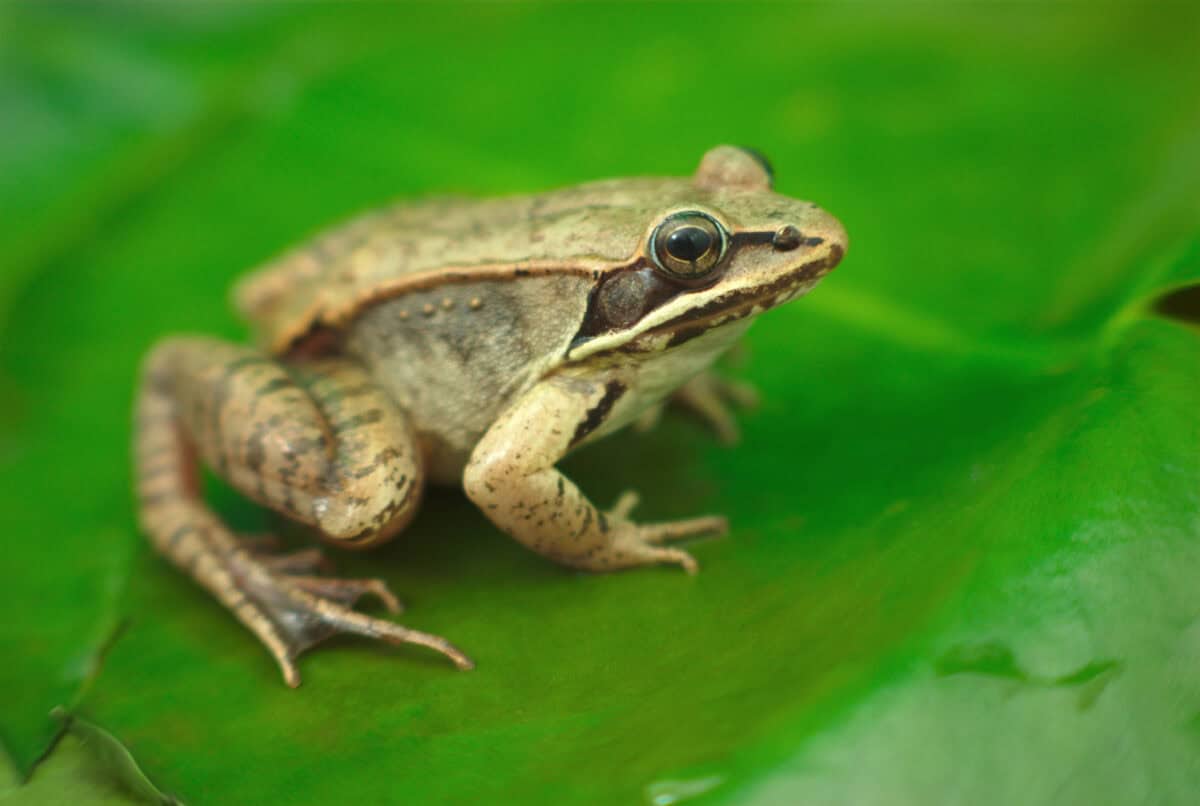When winter’s icy grip tightens across the Northern Hemisphere, most animals migrate to warmer climates or huddle in shelters to wait out the cold months. However, some remarkable creatures have evolved an extraordinary superpower: the ability to partially freeze their bodies and survive in a state of suspended animation. These cold-weather specialists use complex biochemical adaptations that allow them to endure conditions that would kill most other organisms. From frogs with natural antifreeze in their blood to insects that can withstand temperatures well below freezing, these amazing animals demonstrate nature’s incredible resilience and adaptability. Let’s explore twelve remarkable creatures that can essentially “freeze themselves” to survive winter’s harshest conditions.
Wood Frog (Lithobates sylvaticus)

The wood frog is perhaps nature’s most impressive freezable vertebrate. Native to North America, these remarkable amphibians can survive having up to 65% of their body water converted to ice during winter. As temperatures drop, wood frogs seek shelter under leaf litter where they begin a remarkable transformation. Their liver produces large amounts of glucose and urea, which act as natural “antifreeze” compounds that protect critical tissues and organs from damage.
When frozen, the wood frog’s heart stops beating, it stops breathing, and brain activity ceases. To the casual observer, the frog appears completely dead—rock-hard and ice-cold to the touch. Yet when spring arrives and temperatures rise, these frogs thaw from the inside out over a period of several hours. Their hearts begin beating again, breathing resumes, and they hop away as if nothing extraordinary happened, sometimes even before all the surrounding snow has melted. This freeze-thaw cycle can occur multiple times during a single winter, showcasing the wood frog’s remarkable resilience.
Arctic Ground Squirrel (Urocitellus parryii)

The Arctic ground squirrel achieves something seemingly impossible during the harsh Alaskan winters. These mammals enter a state of hibernation where their body temperature drops below the freezing point of water (0°C/32°F) to as low as -2.9°C (26.8°F), making them the only known mammal capable of supercooling their body fluids without freezing solid. Scientists refer to this as “supercooled hibernation,” a physiological marvel that pushes the boundaries of mammalian survival.
During their hibernation period, which can last up to eight months, Arctic ground squirrels reduce their heart rate from 200-300 beats per minute to just 3-10 beats per minute. Their metabolic rate plummets to less than 1% of normal, and they take only a few breaths per minute. What makes this even more fascinating is that every two to three weeks, the squirrels briefly warm themselves to normal body temperature for about 12-15 hours before cooling down again—a process requiring enormous energy expenditure whose purpose remains mysterious to researchers. These remarkable adaptations allow Arctic ground squirrels to survive in one of Earth’s most extreme environments with limited food resources.
Eastern Box Turtle (Terrapene carolina)
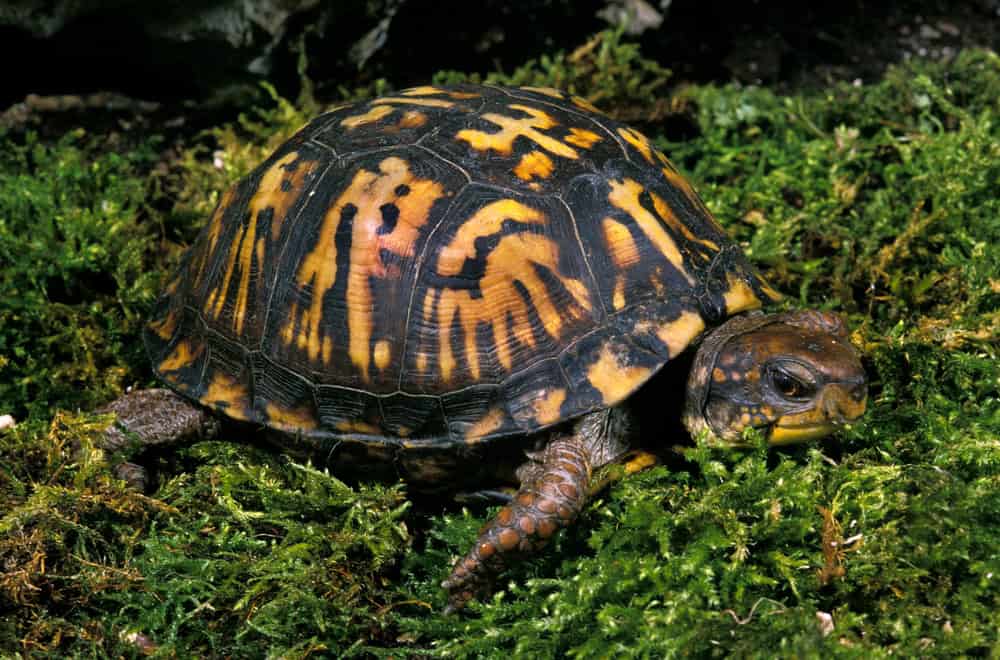
The Eastern box turtle employs an impressive freeze-tolerance strategy that helps it survive subfreezing temperatures during winter hibernation. Unlike some other reptiles that seek deep underground shelter, box turtles often hibernate in shallow burrows or under leaf litter where they may be exposed to freezing temperatures. When temperatures drop below freezing, up to 60% of the water in the turtle’s body can freeze, primarily in extracellular spaces.
Similar to wood frogs, box turtles produce glucose and glycerol as cryoprotectants that prevent cell damage during freezing. Their hearts may stop beating entirely, and they cease breathing during frozen periods. What’s particularly remarkable is that box turtles can endure multiple freeze-thaw cycles during a single winter. When spring arrives, they gradually thaw and resume normal activities. This adaptation is especially important as box turtles are long-lived creatures, potentially reaching 100 years of age in the wild, meaning they must survive many winters throughout their lengthy lifespan.
Spring Peeper (Pseudacris crucifer)
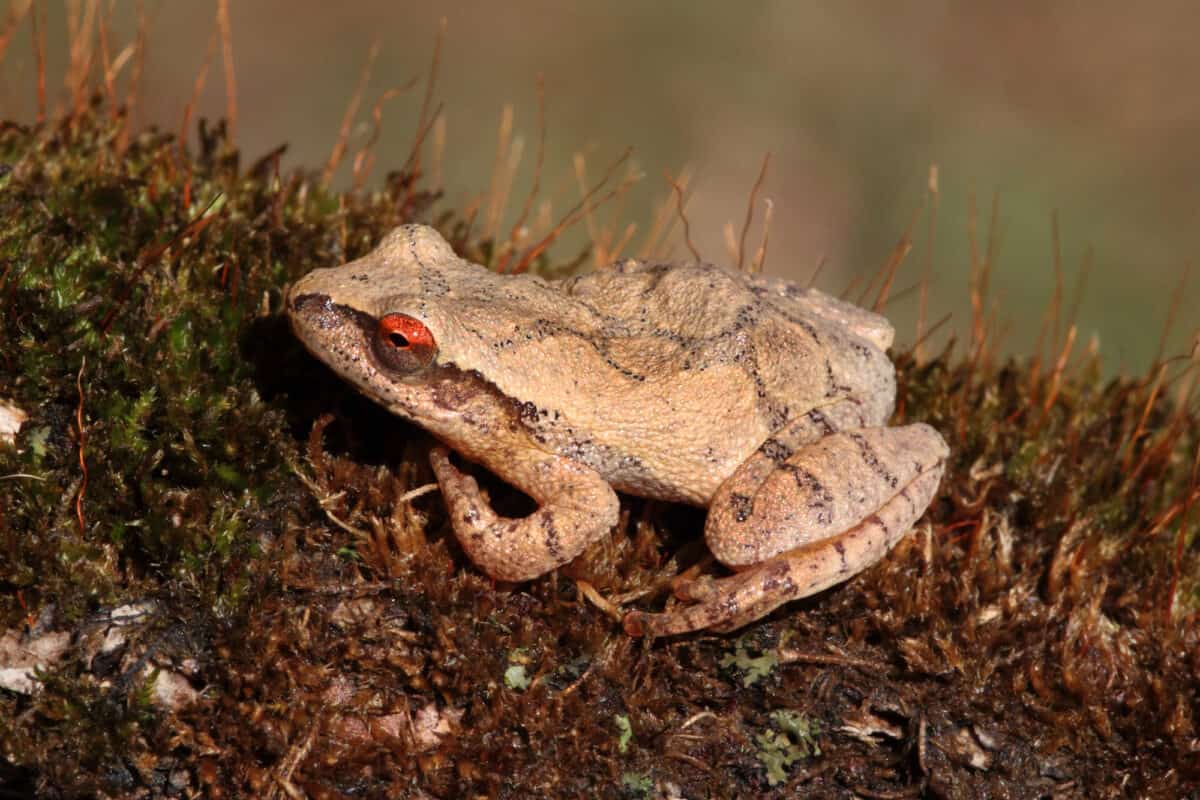
The spring peeper, a small chorus frog native to eastern North America, possesses freeze-tolerance capabilities that rival those of its cousin, the wood frog. Despite measuring only about an inch in length, these tiny amphibians demonstrate remarkable cold-hardiness. As winter approaches, spring peepers seek shelter under logs or leaf litter where they prepare for the freezing temperatures ahead.
When temperatures drop below freezing, spring peepers can survive with up to 65% of their body water turned to ice. Their breathing and heartbeat stop completely, and their bodies become rigid. Like other freeze-tolerant species, they produce glucose and glycerol as cryoprotectants to prevent cellular damage. What makes spring peepers particularly fascinating is how quickly they can bounce back after thawing. Within hours of warming, these frogs can resume normal activity, and they’re often among the first amphibians to begin calling in early spring—sometimes even while snow still covers the ground. Their distinctive “peep” calls are often considered one of the first true signs of spring in many regions.
Painted Turtle (Chrysemys picta)

The painted turtle, with its distinctive colorful markings, has developed remarkable adaptations for surviving winter in frozen ponds across North America. Unlike some other turtle species that bury themselves in mud, painted turtle hatchlings often remain in their shallow underground nests through their first winter, where they may experience temperatures well below freezing. These hatchlings can survive having more than 50% of their body water converted to ice.
What makes painted turtles particularly exceptional is their ability to endure extended periods without oxygen. When ponds freeze over, adult painted turtles hibernate underwater, where they may go for months without breathing air. They absorb what little oxygen is available through specialized tissues and switch to anaerobic metabolism. Perhaps most impressive is their tolerance for high levels of lactic acid that would be fatal to most vertebrates. Their shells, which contain calcium carbonate, act as a buffer against this acid buildup. Remarkably, painted turtle hatchlings can survive being frozen solid at temperatures as low as -8°C (17.6°F) for more than 72 hours and still recover completely—a feat that continues to fascinate biologists studying cold-tolerance mechanisms.
Woolly Bear Caterpillar (Pyrrharctia isabella)
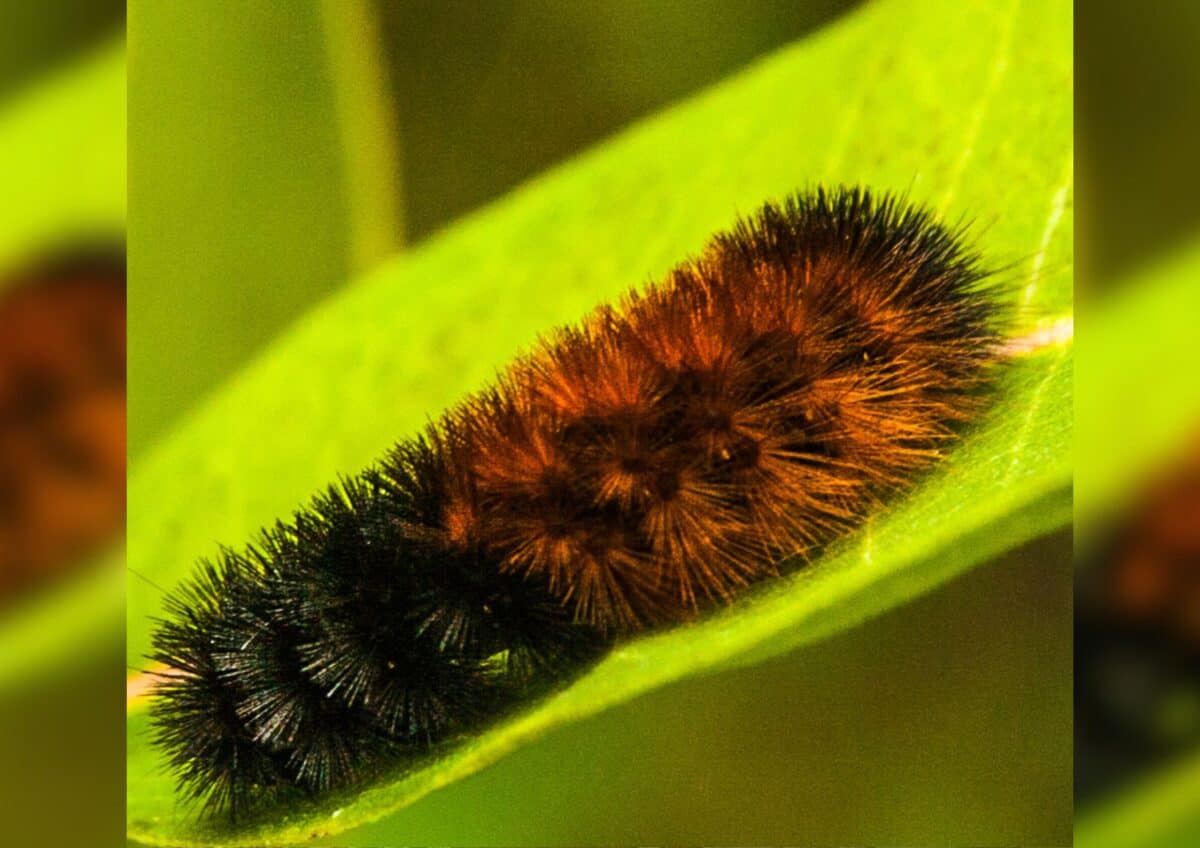
The woolly bear caterpillar, recognized by its distinctive black and reddish-brown banded appearance, employs one of the most impressive freeze-tolerance strategies in the insect world. As the larvae of the Isabella tiger moth, these fuzzy caterpillars prepare for winter by producing a natural antifreeze called glycerol and other cryoprotectant compounds that protect their cells from ice crystal damage. When temperatures plummet, they can survive having up to 70% of their body water converted to ice.
What makes woolly bears extraordinary is the duration they can remain frozen. These caterpillars enter a state called “diapause”—a dormant condition similar to hibernation—and can remain frozen for months, sometimes even years in Arctic regions. During this time, all metabolic activity virtually ceases. In the Canadian Arctic, woolly bears may require up to 14 years to complete their lifecycle due to the short summers, freezing and thawing repeatedly until they accumulate enough nutrition to pupate. When spring arrives, they thaw out and continue feeding until they’re ready to form a cocoon and transform into moths. This remarkable adaptation allows woolly bears to survive in regions where winters are long and extremely harsh.
Alaskan Wood Frog (Lithobates sylvaticus)

While technically the same species as the wood frog mentioned earlier, the Alaskan population of Lithobates sylvaticus deserves special recognition for taking freeze tolerance to extreme levels. These northern wood frogs can survive temperatures as low as -18°C (0°F) for weeks at a time—conditions that would kill most other freeze-tolerant animals. Research has shown that Alaskan wood frogs can remain frozen for more than seven months, with no heartbeat, no breathing, and no brain activity.
What sets the Alaskan wood frog apart is the concentration of cryoprotectants it produces. While all wood frogs create glucose and urea as antifreeze compounds, the Alaskan population produces these chemicals in much higher concentrations. They also undergo multiple freeze-thaw cycles in preparation for winter, effectively “practice freezing” in the fall as temperatures fluctuate. Each cycle triggers increased production of protective compounds. Additionally, these frogs have specialized proteins that inhibit ice formation in their cells and control where ice forms in their bodies. Scientists studying these extreme survivors hope their unique adaptations might someday help improve organ preservation techniques for human transplantation.
Upis Beetle (Upis ceramboides)
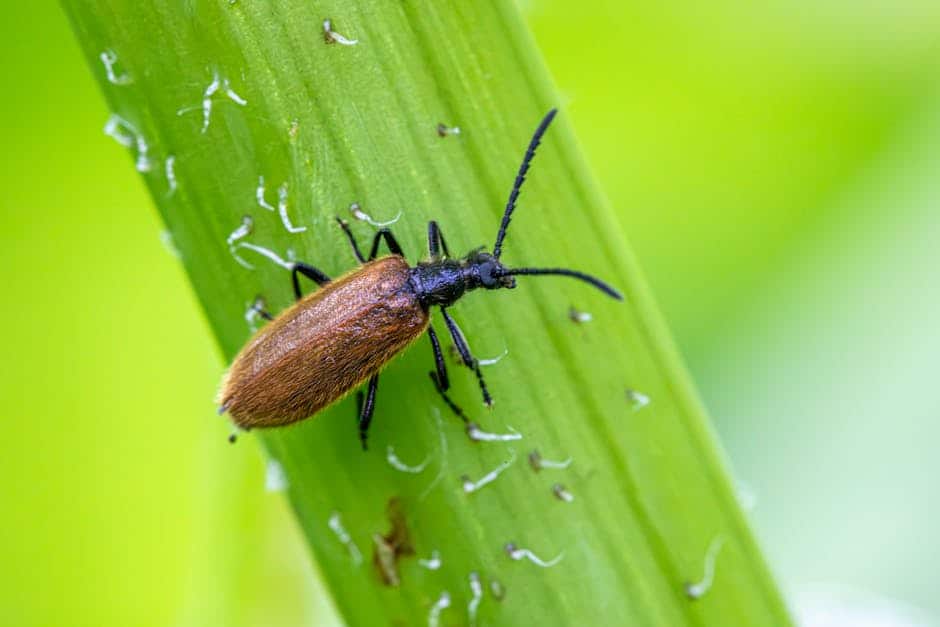
The Upis beetle, sometimes called the Arctic beetle or freeze-tolerant beetle, demonstrates perhaps the most extreme cold-hardiness of any insect on Earth. Native to Alaska, Canada, and northern Europe and Asia, these remarkable beetles can survive temperatures as low as -100°C (-148°F) in laboratory settings—far colder than they would ever experience in nature. Unlike many freeze-tolerant animals that allow ice to form between cells, Upis beetles employ a strategy called “freeze avoidance” through extreme supercooling.
The beetle’s extraordinary cold tolerance comes from its production of specialized antifreeze proteins and high concentrations of xylomannan—a complex antifreeze molecule that is uniquely effective at preventing ice formation. These compounds allow the beetle to remain unfrozen even at temperatures far below the normal freezing point of their body fluids. Another remarkable adaptation is the beetle’s ability to gradually remove almost all water from certain tissues, essentially dehydrating themselves to prevent freezing damage. Scientists studying these beetles hope their extraordinary adaptations might inspire new approaches to preserving biological materials at extremely low temperatures without damage—potentially revolutionizing organ transplantation and other medical applications.
Gray Treefrog (Hyla versicolor)

The gray treefrog has developed impressive freeze-tolerance capabilities that allow it to survive winter’s harshest conditions. As temperatures drop in late autumn, these small amphibians descend from their arboreal habitats to find shelter under leaf litter or in rotting logs. When exposed to freezing temperatures, gray treefrogs can tolerate having approximately 40-65% of their body water converted to ice, entering a state of suspended animation where all vital signs appear to cease.
What distinguishes gray treefrogs from other freeze-tolerant amphibians is their dual system of cryoprotection. In addition to glucose, they produce large amounts of glycerol—a compound known for its exceptional antifreeze properties. The combination of these two cryoprotectants provides superior cellular protection during freezing. Another fascinating aspect is the treefrog’s ability to control ice formation in their bodies, directing it to specific regions where it will cause the least damage. Like other freeze-tolerant frogs, gray treefrogs can endure multiple freeze-thaw cycles within a single winter. When temperatures rise, they quickly return to normal function, sometimes within hours of thawing, allowing them to capitalize on brief warm periods even before winter fully concludes.
Common Garter Snake (Thamnophis sirtalis)

While not truly “freeze-tolerant” in the same way as frogs or turtles, the common garter snake has developed remarkable cold-hardiness strategies that push the boundaries of reptilian cold adaptation. Garter snakes are among the northernmost snake species, found even above the Arctic Circle in Alaska. Rather than allowing their bodies to freeze, they employ a strategy of supercooling—reducing their body temperature below freezing without allowing ice formation.
During winter, garter snakes gather in communal hibernacula, sometimes containing thousands of individuals huddled together in underground caverns, rock crevices, or deep burrows below the frost line. These mass aggregations help maintain temperatures above freezing through shared body heat. The snakes produce glycerol and other antifreeze compounds that lower the freezing point of their bodily fluids, allowing them to survive brief exposures to subfreezing temperatures during early spring and late fall when they may be active. What makes garter snakes particularly interesting is their ability to function at much lower body temperatures than most reptiles—they can remain active when their body temperature is only a few degrees above freezing. This cold-hardiness allows them to be among the first reptiles to emerge in spring and the last to retreat in fall, extending their active season in northern climates.
Antarctic Midge (Belgica antarctica)

The Antarctic midge holds the distinction of being Antarctica’s only native insect and the largest purely terrestrial animal on the continent. At just 2-6mm long, this tiny insect survives in one of Earth’s most hostile environments through remarkable freeze-tolerance adaptations. The Antarctic midge can endure having up to 70% of its body water converted to ice and can survive temperatures as low as -20°C (-4°F) for extended periods.
What makes the Antarctic midge’s survival strategy particularly impressive is its ability to withstand repeated freeze-thaw cycles—sometimes multiple cycles within a single day as Antarctic temperatures fluctuate. They produce multiple types of antifreeze compounds and heat-shock proteins that protect cellular structures during freezing and thawing. Perhaps most remarkably, Antarctic midges can survive losing up to 70% of their body water through dehydration—a state called anhydrobiosis—which complements their freeze tolerance. Their life cycle is also uniquely adapted to the harsh Antarctic environment: larvae develop over two winters, feeding on algae and microorganisms during brief summer thaws, before emerging as adults that live only 7-10 days, during which they mate and lay eggs but don’t feed at all. The Antarctic midge’s extraordinary adaptations represent one of evolution’s most impressive solutions to survival in extreme cold.
Flat Bark Beetle (Cucujus clavipes)

The flat bark beetle represents one of nature’s most extraordinary examples of cold-hardiness in insects. Found in northern forests across North America, these beetles have evolved remarkable strategies to survive winter temperatures that plunge far below freezing. Studies have shown that flat bark beetle larvae can survive temperatures as low as -58°C (-72°F)—among the lowest temperature tolerances documented in any insect.
What makes these beetles exceptional is their dual strategy approach to winter survival. They can employ either freeze avoidance (supercooling) or freeze tolerance depending on environmental conditions and their physiological state. In autumn, the larvae produce glycerol and antifreeze proteins that prevent ice formation. As winter progresses, they can remove up to 30% of their body water—a strategy called cryoprotective dehydration—which increases the concentration of antifreeze compounds in their remaining bodily fluids. Most remarkably, research has shown that some populations of these beetles can switch between freeze-avoidance and freeze-tolerance strategies, giving them unparalleled flexibility for winter survival. This adaptability allows them to thrive in regions with extreme temperature fluctuations. Scientists studying their extraordinary biochemistry hope to apply insights from these beetles to improve cold storage techniques for biological materials.
Extraordinary Adaptations for Winter Survival
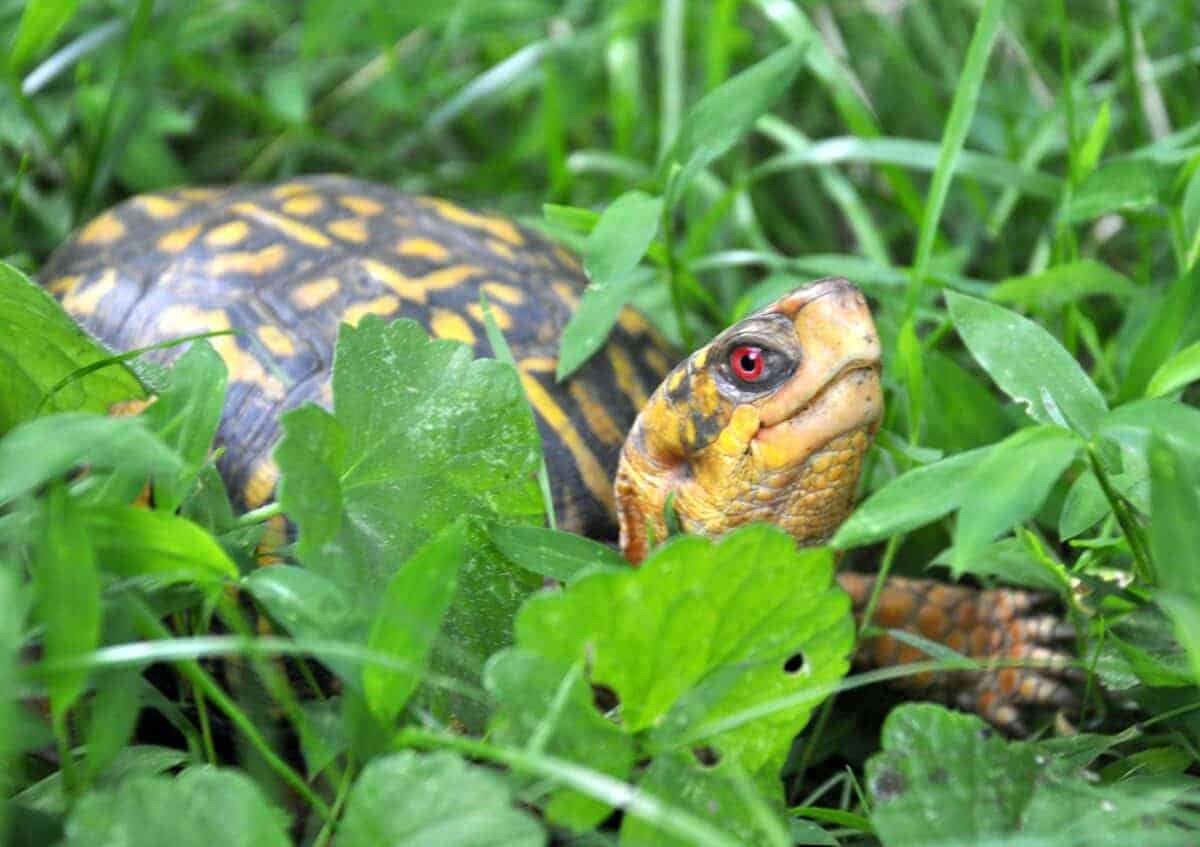
The remarkable ability of these twelve species to survive being frozen demonstrates nature’s incredible capacity for adaptation. From amphibians and reptiles to insects and mammals, these animals have independently evolved complex biochemical mechanisms that allow them to endure conditions that would be fatal to most organisms. Their survival strategies—producing antifreeze compounds, controlling ice formation in their bodies, or entering states of suspended animation—represent some of the most fascinating adaptations in the animal kingdom.
These freeze-tolerant creatures continue to inspire scientific research with potentially groundbreaking applications. Studying how wood frogs protect their cells during freezing might lead to improved organ preservation techniques for human transplantation. The extreme cold tolerance of insects like the Upis beetle could inform new approaches to cryopreservation of biological materials. As climate change alters winter conditions across the globe, understanding these animals’ remarkable adaptations becomes increasingly important for conservation efforts and may provide crucial insights into how species adapt to changing environments.
The next time winter’s chill descends, consider these remarkable creatures—frozen yet alive, waiting patiently for spring’s warmth to reanimate them in one of nature’s most spectacular displays of resilience and adaptation.
- Jurassic World Dominion Dinosaurs - August 9, 2025
- 11 Signs a Rhino Is About to Charge - August 9, 2025
- 10 Common Chicken Behaviors and What They Mean - August 9, 2025

